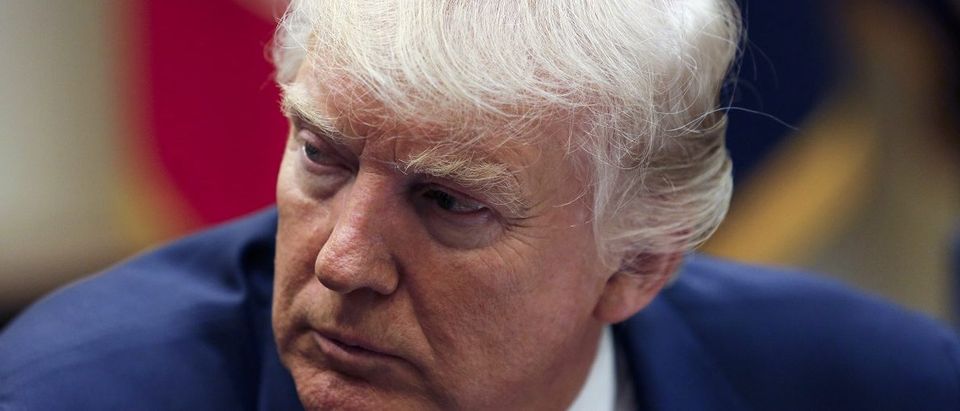Last week, President Trump met with his manufacturing council, the CEOs of 25 behemoths, but not a single small manufacturer. That’s a shame. While the face of U.S. manufacturing is General Motors, its soul is the small company.
In fact, fewer than 2 percent of U.S. manufacturing firms have more than 500 employees. Small companies – some 190,000 of them with fewer than 50 workers — are what make U.S. manufacturing thrive, but these firms have been consistently neglected by policy makers.
Some people, however, are paying attention. In 2013, Randy Altschuler identified a big problem and set out to fix it. He realized that there is no efficient way for small manufacturers and their customers to get together. “Manufacturers don’t have visibility beyond their local market, and potential customers don’t understand their capabilities.”
In addition, since most of their products are customer-made, small manufacturers have a hard time pricing what they make, and both sellers and buyers waste time coming up with the right numbers. Altschuler says, “A customer who wants parts may send out an RFP [request for proposal] to 20 or 30 vendors and wait two or three weeks for a response” – and then miss the best vendors anyway.
The son of Polish immigrants, Altschuler was raised in New York City by a single mother, worked his way through Princeton as a short-order cook and security guard, and went on to get his master’s from Harvard Business School. He started two businesses – in back-office support services and recycling – and then took a detour into politics, losing a race for the U.S. House in 2010 as a Republican by just 593 votes.
Then, he started Xometry, a Gaithersburg, Md.-based company that uses sophisticated technology to link small manufacturers with customers, Airbnb-style. Many of those customers are much larger manufacturers, including General Electric. Others include such demanding purchasers as NASA, the U.S. Army, and MIT’s Lincoln Laboratory.
Buyers go to Xometry’s website, upload a simple 3D file of the part or product they want, choose a material (aluminum, polycarbonate, etc), a lead time (say, 10 days), finishes (such as silver plating), and quantity. Immediately, Xometry applies its computer algorithm to a vast database and comes up with a price. Customers can adjust the specs and confer with human specialists at Xometry before getting a final dollar figure and placing the order. That’s it for the customer. Xometry then sends the order online to its network of manufacturers — 4,000 of them have been certified. The first manufacturer in the network that hits the “buy” button gets the work; it all happens in an average of 31 minutes, says Altschuler.
Before Xometry, most of these small manufacturers would simply get jobs from the same group of customers, and a local downturn could put a factory or machine shop out of business. “The average firm like this has zero to two sales people,” says Altschuler, whose investors include the hedge fund Highland Capital Partners and GE Ventures. Now Xometry provides a virtual sales force, and work to fill what used to be downtime.
Altschuler worries that the negative publicity about manufacturing’s prospects has deterred young people from acquiring training and entering the workforce. “These are second- and third-generation businesses,” he says. “It’s a skilled profession, really a great job.” There are currently 325,000 unfilled jobs in the sector, and the manufacturing unemployment rate, at 4.2 percent, is lower than rate for the entire U.S. economy. Manufacturing employment has risen by nearly one million to 12.3 million since 2010.
While the long-term trend in manufacturing output is up (the value of what we make has tripled in 30 years, after accounting for inflation), the long-term trend in manufacturing employment is down. Mass production is not America’s competitive strength any more. It’s going to China, or Vietnam or other developing nations. But custom, higher-level manufacturing, much of it by small firms – “this is what America should be embracing,” says Altschuler.
The single biggest need, besides an end to bad-mouthing the sector: improving American infrastructure, so the makers can speed their products to customers. If it takes too long, they might as well order from Asia.
America is not the manufacturer it once was. In many ways, we are better. Productivity and expertise have increased enormously, and entrepreneurs like Altschuler are spotting inefficiencies and fixing them, making the ecosystem function better and faster. It’s time to end the myths and benefit from the realities.


